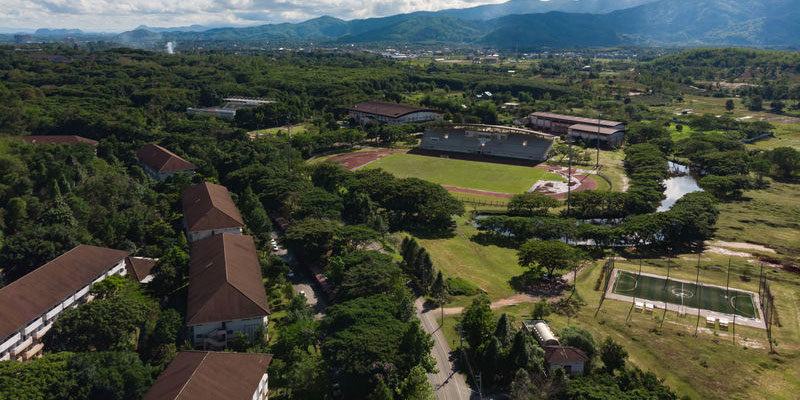According to the U.S. EPA, schools that use wastewater recycling have reported profound reductions in water use and wastewater discharges.
Decentralized treatment of wastewater on-site can mean huge reductions in water use and wastewater discharge
As people become more aware of water shortages around the world, educational institutions of all sizes are starting to pay more attention to their water footprints. There are many ways to achieve water efficiency. For example, we’re seeing some schools adopt low-flow fixtures to reduce the amount of water used. However, one solution offers a bigger impact than many other strategies schools are using now: decentralized water reuse systems.
According to a 2002 report from the U.S. Environmental Protection Agency:
Schools […] using wastewater reuse/recycling systems have reported a 90 percent reduction in water use and up to a 95 percent reduction in wastewater discharges.
For schools that put an emphasis on sustainable practices, adoption of on-site water reuse can bring efficiency to a new level.
The Harvard Business School (HBS) has identified water reuse — in tandem with irrigation system upgrades — as a significant opportunity to reduce its campus’s water footprint. As with many schools, irrigation of campus lawns and greenery accounts for a large share of water use, so HBS is thinking about treating wastewater from bathrooms and showers and reusing it for irrigation. Reclaimed water also can be used for other nonpotable applications, including toilet flushing or as makeup water in campus HVAC systems.
Moving forward, HBS hopes to emulate institutions like Emory University, which has a water reclamation system that saves 146 million gallons of water per year. Emory’s system relies on diverting wastewater to artificial open wetlands. However, space for artificial wetlands is not available at many schools, and an open system may not be desired. What other options are available?
Modular Wastewater Treatment
Containerized wastewater treatment systems, like Fluence’s Aspiral™, can effectively treat wastewater on site. These solutions dramatically shrink the physical footprint of biological wastewater treatment while delivering high effluent quality. Aspiral is based on highly efficient membrane aerated biofilm reactor (MABR) technology. Much like the modular housing units that many campuses already use, Smart Packaged Aspiral units can be trucked in and commissioned without lengthy planning and site preparation. Their low-odor, low-noise operation means they can be placed in close proximity to school buildings and housing.
Although most school programs only reuse grey water from sinks and fountains, one yearlong pilot program at Stanford University used raw sewage as its source water. The plant, which featured MABR technology from Fluence, provided high-quality effluent that exceeded California’s stringent Title 22 standard for irrigation reuse.
How does it work? MABR wastewater treatment is very compact because simultaneous nitrification and denitrification (SND) takes place in a single tank, shrinking the footprint of treatment while raising effluent quality. MABR also uses passive aeration that eliminates costly air compression, significantly reducing the energy and carbon footprint of treatment.
Decentralization for Remote Schools
Although many of the universities conducting or planning water reuse programs are in urban environments, the EPA explained a particular benefit of decentralized treatment (placing smaller treatment facilities adjacent to the point of use instead of connecting to a large centralized plant) for schools outside of urban areas:
The construction and maintenance costs of onsite/decentralized systems can be significantly lower, especially in low-density residential areas, making them an attractive alternative for small towns, suburban developments, remote school and institutional facilities, and rural regions.
From high-density urban areas to remote areas of the developing world, contact Fluence for the modular treatment solutions and flexible financing options to establish your school’s water recycling system.

